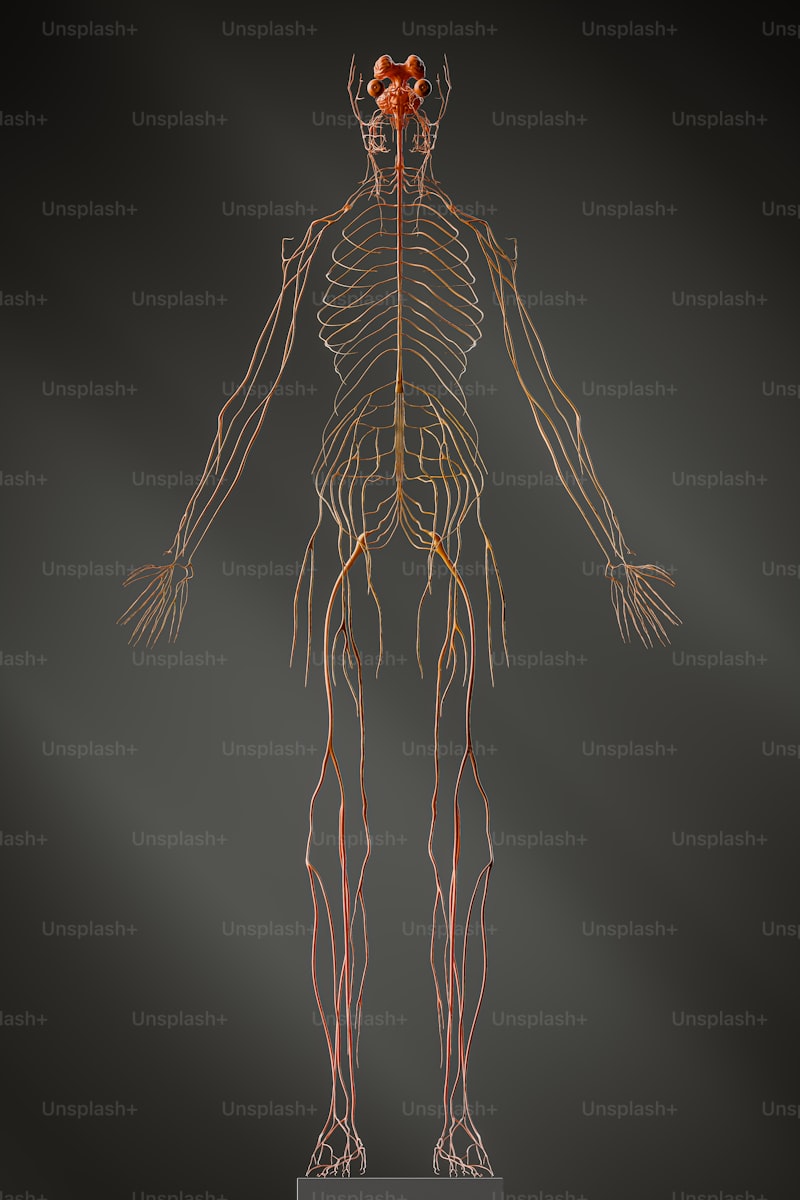Understanding Body Proportions: The Key to Achieving Balance in Art and Design
Introduction
When it comes to creating compelling art and design, understanding body proportions is essential. Whether you're a painter, sculptor, designer, or photographer, mastering body proportions can significantly enhance the realism and appeal of your work. This article delves into the importance of body proportions, tips for achieving accuracy, and the impact of proportions on various artistic disciplines.
What Are Body Proportions?
Body proportions refer to the relationship between different parts of the body and how they relate to each other in size and scale. These proportions serve as a guideline for artists to recreate the human figure accurately. Commonly referred to proportions include:
| Proportion | Description |
| Head Height | The average adult human is about 7.5 to 8 heads tall. |
| Width of Shoulders | The width of the shoulders typically measures 2 to 3 head widths. |
| Length of Arms | The hands should reach around the mid-thigh when arms are hanging down. |
| Leg Proportions | The legs are generally about half of the height of the body. |
Why Understanding Body Proportions is Important
Understanding body proportions plays a pivotal role in various fields. Here are some vital areas where these proportions are crucial:
Art and Illustration
In art, body proportions are essential for achieving realism. Artists aim to create figures that are visually appealing and anatomically accurate. Mastery of proportions allows artists to convey life-like movement and stance. Awareness of body proportions contributes to effective composition, helping to balance figures within a piece.
Fashion Design
In fashion design, understanding body proportions aids designers in creating garments that flatter the human form. By knowing how clothes will interact with the body’s proportions, designers can create pieces that enhance body features and provide comfort. The fit of garments hinges largely on accurate measurements of body proportions.
Photography
In photography, capturing the subject's body proportions can dramatically impact the final image. Photographers often utilize angles, framing, and focal lengths to create balanced compositions. Knowing how to manipulate proportions through positioning can lead to expressive and striking photographs.
Proportions Across Various Cultures
It's crucial to acknowledge that perceptions of body proportions differ across cultures. For instance, Western art often adheres to the "canonical" proportions established by artists like Leonardo da Vinci. Meanwhile, other cultures, like Japanese art, may have different aesthetic values. Understanding these cultural variances can provide artists and designers with a broader perspective on how body proportions can influence their work.

Practical Tips for Mastering Body Proportions
Here are some practical tips for artists, designers, and photographers to master body proportions:
Use Reference Materials
Utilizing reference materials, such as photographs or anatomical guides, can greatly aid in understanding body proportions. Observing real-life figures and noting their proportions allows for a more accurate representation in your work.
Practice Drawing from Life
Engaging in life drawing sessions can improve your ability to capture body proportions accurately. Artists often learn best by observing and depicting live models, which helps them internalize the natural proportions of the human body.
Utilize Measurement Techniques
Incorporating measurement techniques can help maintain proportion. Techniques such as using the “head” as a unit of measurement enable artists to maintain relative scale throughout their work.
Experiment with Different Styles
Don’t hesitate to experiment with different proportions based on your artistic style. Some artists may find it intriguing to exaggerate certain proportions to create unique characters or convey specific emotions—this is especially true in cartoons and stylized illustrations.
Common Questions About Body Proportions
As artists and designers delve into the topic of body proportions, they may find themselves asking several pertinent questions. Here are some common inquiries:
1. How do body proportions vary among different age groups?
Body proportions can change significantly depending on the person's age. For instance, children's proportions are quite different from adults, as they possess larger heads in relation to their bodies. Understanding these differences is crucial for artists who seek to portray individuals accurately across various ages.
2. Why do some artists choose to exaggerate body proportions?
Exaggeration in body proportions can serve as a stylistic choice to evoke emotions or highlight specific characteristics. This technique is particularly favored in character design and animation, where distinct proportions can add personality and identity to characters.
3. Are there any apps or tools that can assist with understanding body proportions?
Yes, there are numerous apps and tools available that can help artists understand and practice body proportions. Proportion-scaling apps and 3D anatomy tools can provide invaluable resources for studying and applying correct proportions in artworks.
Conclusion
Understanding body proportions is fundamental for anyone involved in artistic disciplines. It not only enhances the realism and appeal of your work but also opens the door to creative expression. Remember that the mastery of proportions requires practice and observation. As you refine your skills, don’t hesitate to explore different styles and techniques that can further your understanding. Whether in art, fashion, or photography, body proportions serve as a vital framework that contributes to the effectiveness of your creative expression. Embrace these principles, and use them as a stepping stone to push the boundaries of your artistry.
In conclusion, mastering body proportions is not merely about measurements and scales but about capturing the beauty and complexity of the human form. By implementing the tips discussed and continuously seeking knowledge, you can elevate your artistic practice to new heights.